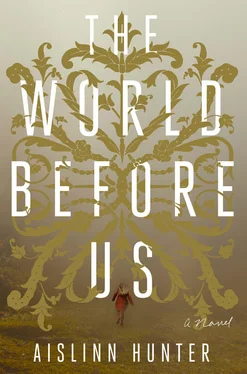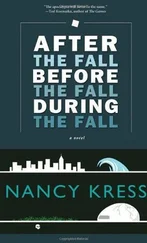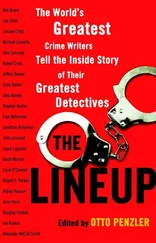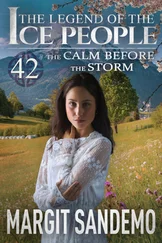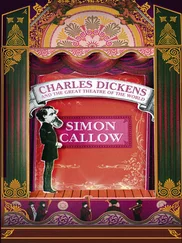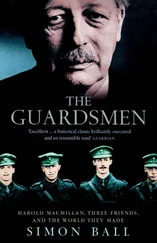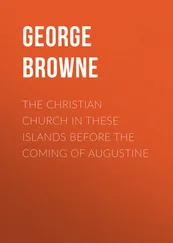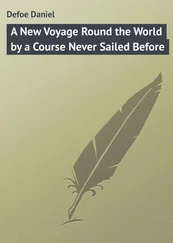He wanted, in those years, to do more than make sheets on looms; he wanted to capture the fantastic and strange, to live a life in the zealous pursuit of knowledge. I did not collect to own , he wrote in one of his last letters. I collected to create a discourse between the men of my day, and the larger world . “For it is not only people that constitute a society,” he’d said in one of his early Thursday evening lectures, “but also places and things , and this museum will explore the relationship between them.”
Edmund did eventually purchase the house next door so that the original site could be renovated and used wholly for displays. Walking through the front doors of the museum today one first enters the high-ceilinged natural history hall, the room’s outer walls rimmed by display cabinets, its centre bare save for the shadow cast by the long sought-after bowhead skeleton, which hangs on near-invisible wires from the second-storey ceiling. The first floor was opened up at the turn of the century to form a gallery around the whale, and today a dozen curiosity-style cabinets dot its walkways. The whale’s phalanges swim so close to the east and west railings that people sometimes lean out and try to touch the nub of the bones with their fingers, a small stitch of space that cannot be bridged.
The sound of a little girl’s shoes clapping across the hardwood floor of the print gallery rouses us. This is the nature of the dream: one minute we are in the world and the next we are Elsewhere trying to understand who and what we see. It is Friday , we remind ourselves, it is Friday, and today the museum is closing . Jane takes a last look at the bracelet, placing it hesitantly back on its stand, and then she locks the cabinet and turns to go downstairs. Our attention is divided, and so some of us start to wander off on our own, to move toward the longcase clock, the Victorian photographs, the Bedford cabinet.
“Stay together!” one of us snaps.
“This way,” demands another.
We try to get our bearings, find each other, round up the stragglers.
“Where’s the girl?” Cat asks.
“Here I am!” the girl calls from somewhere near the botanical gallery.
“I’ll get her,” the poet says, heading off in the girl’s direction — bowing at the stuffed cassowary when he passes it, and lifting a hand in benediction at the stacked bones of the moa.
Those of us who turn to follow Jane stop when the boy cuts across our path. “Aaarrrrrrr, aarrrrrrgh,” he moans, waggling his arms over his head, because last month he wandered down into the cinema and a film about zombies — and now he thinks it’s fun to pretend he’s dead.
The staff room across from Jane’s office is an aggrandized cubby with a kettle, fridge and a microwave. When Jane sticks her head in to look for Gareth she finds Duncan sitting on the counter next to the sink eating takeaway noodles with her chopsticks. He’d been packing the Murchison trilobites all morning, so knee-deep in crates that his sandy hair and T-shirt are covered in bits of cardboard. Duncan is Australian, and although he’s been interning at the Chester for six months he still looks like he wandered in off the beach.
“Have you seen Gareth?”
“Nope, I’ve been with the creepy crawlies all day.”
“Where’s the Murch going again?”
“Auction. It’ll probably end up in a law office in Japan.”
“Do you know anything about the stuff that isn’t going to auction?”
Duncan shrugs. “I dunno — eBay?” He wipes his mouth with the back of his hand, slides off the counter and leans in to Jane. “You still the only one with no job to go to?”
“Har har.” She pokes his chest with her finger. When he gets to the doorway Jane says, “I broke a teacup—” and a sense of relief from the admission washes over her.
“Which one?”
“A Grainger.”
Duncan lets out a low whistle. “Well, better you than me. Let’s raid the bar at the lecture to commiserate.”
Those of us who are in the room stop skimming the newspaper on the counter, stop staring at the blinking lights on the microwave. We turn to see if she’ll confirm whether or not she’s going to the lecture. All morning we’ve sensed flight in her, a waver she pushes down by thinking about the tasks at hand: after the tea set there’s the Bedford collection, then a group of astronomical drawings to prepare, Lord Dutton’s Italian glass, a set of French and German clocks going to a buyer in India. In storage there’s a crate containing the hunting weapons and personal effects of the last of Louis the XIV’s menagerie keepers, which Gareth had asked her to re-inventory weeks ago.
“You in there?” Duncan waves his hand in front of Jane’s face.
“Yes. Barely.”
“Chin up, it’ll work out.”
“What will?”
“Whatever it is you’re mulling over.” He pecks her on the cheek and she can smell the tang of soy sauce on his breath.
“Hey, start washing my chopsticks or get your own.”
Duncan glances over to the sink where he’s dropped them. “The museum’s closing , Jane, it’s not like I’ll need them again.”
Heading back to her office Jane thinks about the day Gareth hired her, how he’d asked her to come in to sign some papers, suggesting they meet in his office at six p.m. when things wouldn’t be so busy. When all the paperwork was done he’d taken her on a tour around the museum. By then there was only a cleaning staff of two and a security guard in the building. He’d already arranged for a temporary pass and let her swipe into the old elevator at the back of the natural history hall. When the door opened on the second floor he’d handed her a pair of cotton gloves. “I’ve got all the keys and codes,” he said. “Tell me what you want to look at and we can take it out.” Over the next hour she held the claw of a Tyrannosaurus , a pine cone that Darwin had brought back on the Beagle , a pocket compass that had belonged to Franklin and an original folio of one of Marlowe’s abandoned plays. “Edmund collected everything ,” Gareth laughed. “There was no subject — no aspect of science or art — that didn’t interest him.”
In the science gallery next to a brass model of the solar system, Gareth had explained to Jane that the intention behind the design of the museum was to evoke the warm and cluttered feel of the parlour where Edmund had first exhibited his collection, to display the objects in the same half-light to which the men who first studied them would have been subject. He pointed to an ornate wall lamp and added, “There was overhead track lighting put in during the seventies but I had it taken out.” He leaned in to examine the drawer of beetle specimens, saying, “There’s something to it, isn’t there.”
And Jane had agreed there was, though she didn’t mean the lucent quality of the beetle shells under the gauzy circle of lamplight, or the metronome of the grandfather clock in the corner. In that after-hours visit, she had felt something else, felt that she was in someone’s home — that any minute its occupants might clamber up the stairs and find her gawking at their things, find her somewhere she didn’t belong.
The electric shock machine sits in the middle of the science gallery in a room that was once Edmund and Charlotte Chester’s bedroom. The wallpaper, a hunter green with narrow beige stripes, is faded where the back of a wardrobe once rested against it, and the dark hardwood floors are worn in a line from the doorway to the wall where the dressing table once sat, and in a halo in the alcove near the window. Visitors today are guided around the room by narrow carpets that wind past the outer wall cabinets before angling toward the two vitrines in the room’s centre: one containing eight astrolabes collected by the astronomer Jacottet and the other a display of nineteenth-century medical implements belonging to Ambrose Bedford.
Читать дальше
